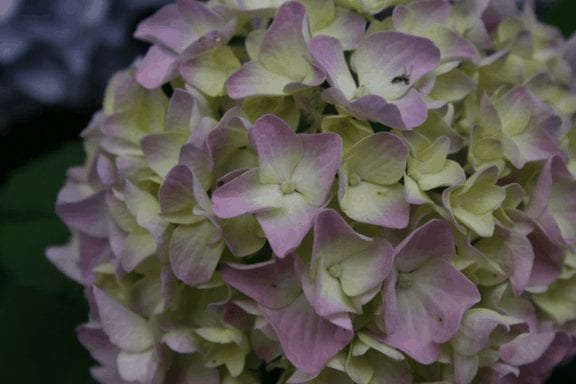We asked industry pundits what’s in the pipeline for hydrangea breeding and why this plant still woos growers and consumers. Subscribe Peter Kolster, owner of Kolster, B.V. in Boskoop, Holland Nursery Management: Why do global consumers continue to buy and plant hydrangea? Peter Kolster: Our nursery has been growing hydrangeas since I was 16 years old. We started with garden plants, then got into cut flower breeding. Gardeners love the large flowers and the flower colors. We found that consumers really loved the antique colors (we call them classic colors in Europe) and the hard flowers. We started working with another breeder, Horteve Breeding, who was breeding gift plants. And that’s a market the European consumer really loved. In the U.S. we launched the Everlasting Series of hydrangea. The flowers change colors throughout the growing season and can be shades of many colors, depending on the cultivar. These flowers can also be cut and brought inside and last for a long time. Photo by Plants Nouveau Everlasting Revolution is a short plant, growing to about 2 or 3 feet high. Consumers can use it in the garden or in a container outdoors or put it in a pot and place it indoors in spring and it still looks good in November. We also found that the Revolution varieties are sterile. Another plus for consumers and growers is that the Revolution plants can grow with less water because of their waxy leaves and flowers. NM: Which characteristics do you require when breeding hydrangea? (L-R) Linda Guy (Plants Nouveau) Peter Kolster and Angela Treadwell-Palmer (Plants Nouveau) take a closer look at Everlasting Crimson. PK: Before we introduce a plant to the market, we focus on certain traits. The plant must not need support to stay upright, it must have a strong root system and it must have hard flowers. Our hydrangeas are good for the consumer for their looks and garden performance; for the grower because of their root system; and for the retailer because of the long shelf life — with proper watering, of course. NM: What’s your next breeding […]






